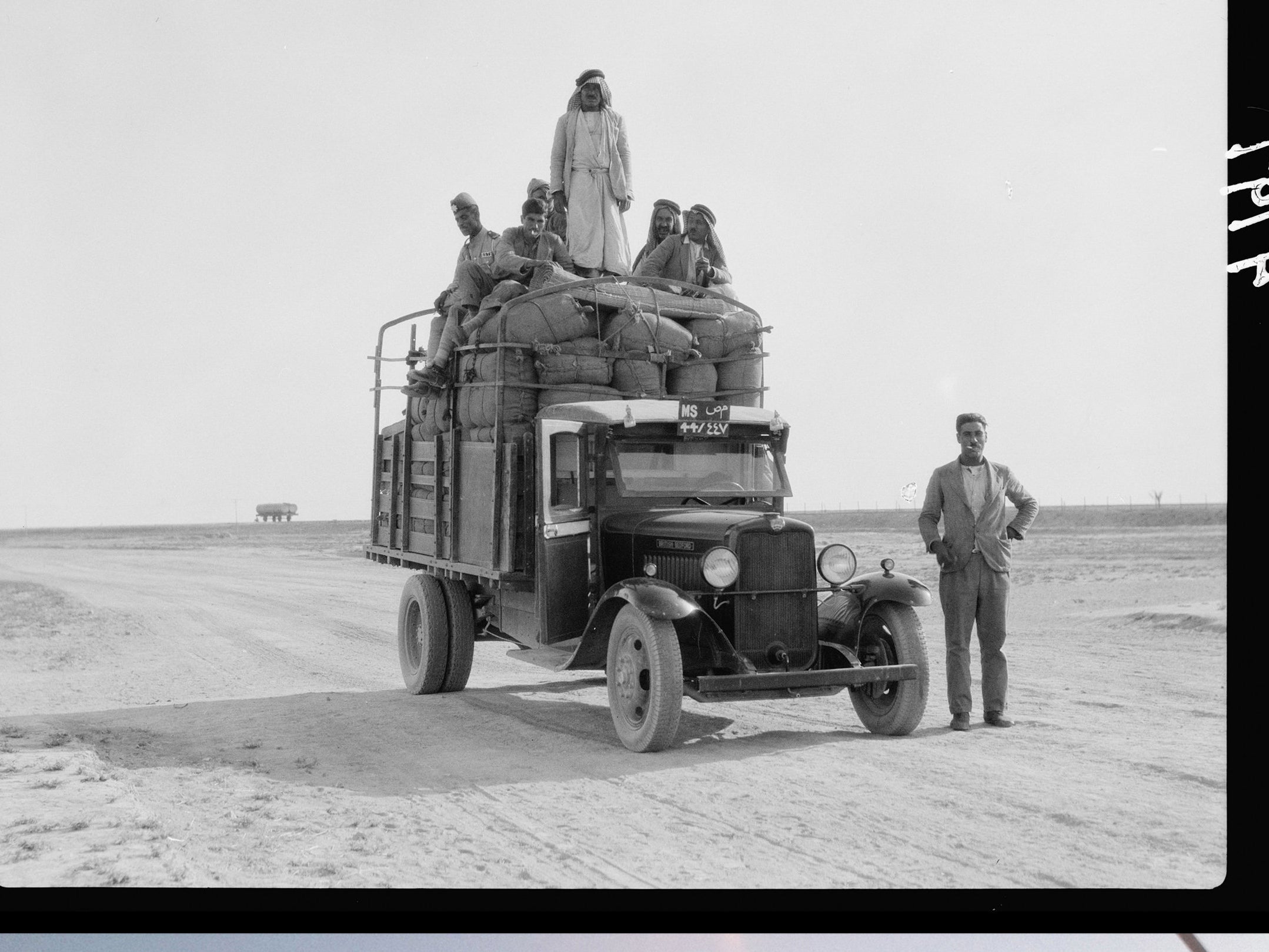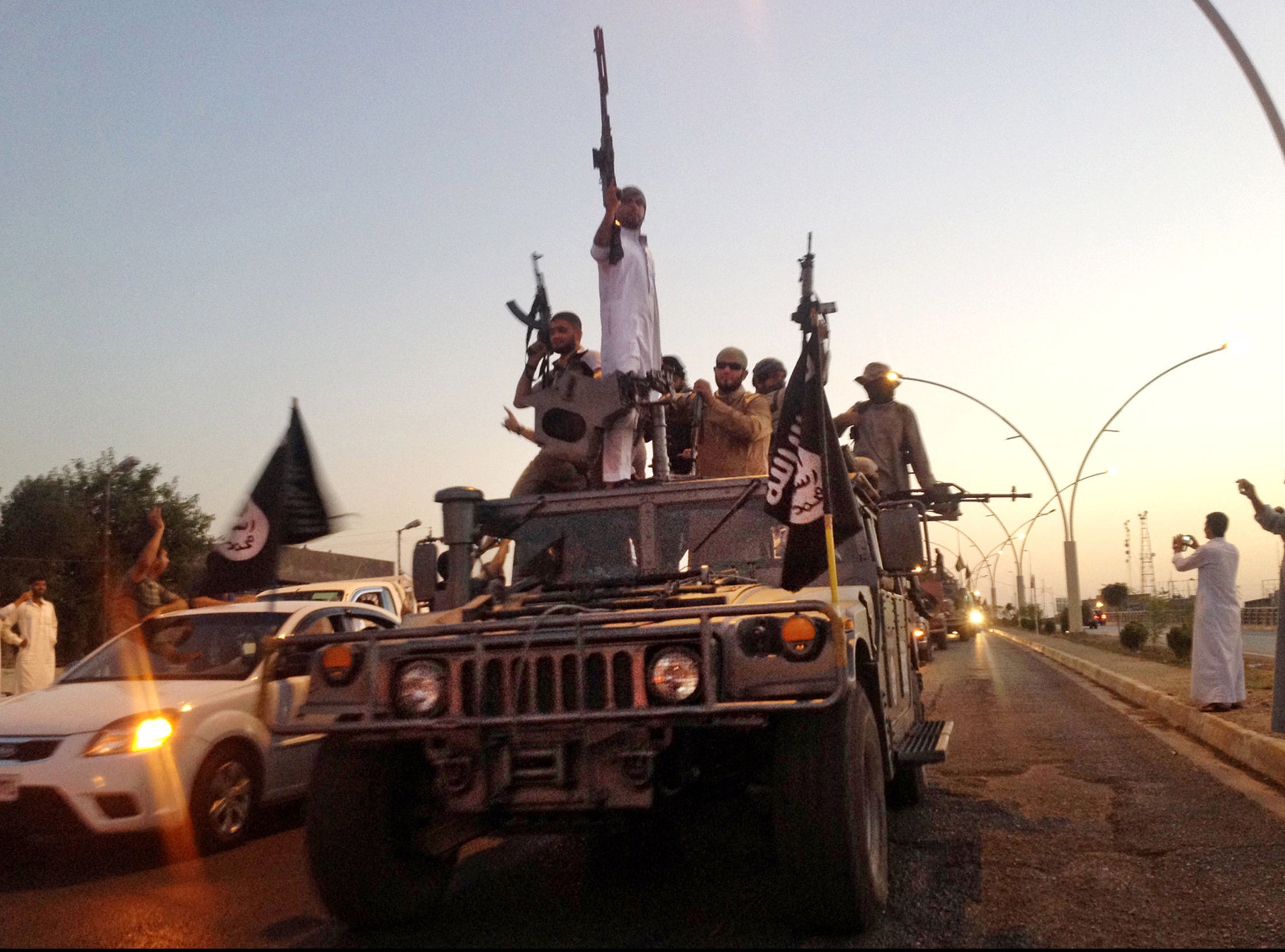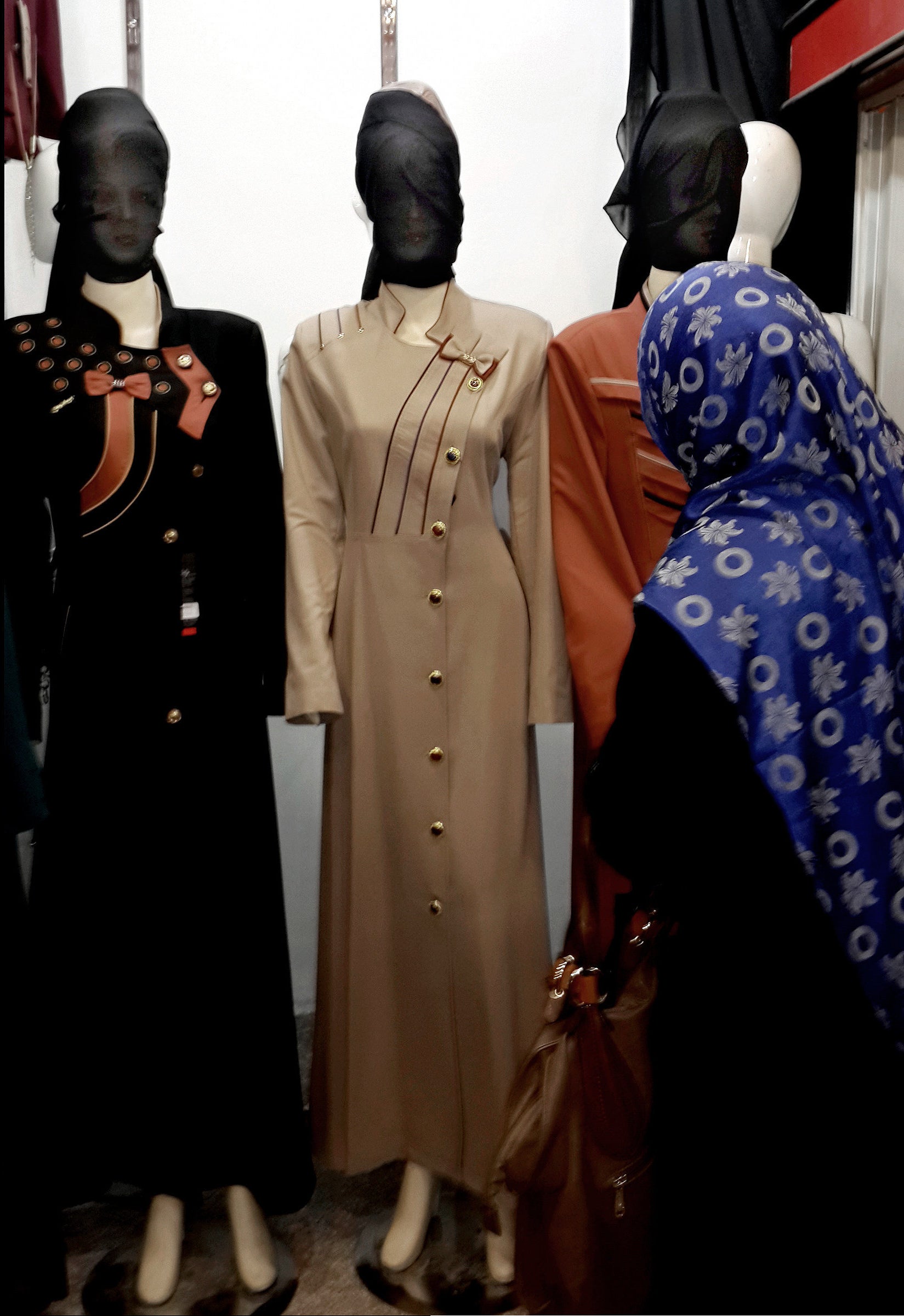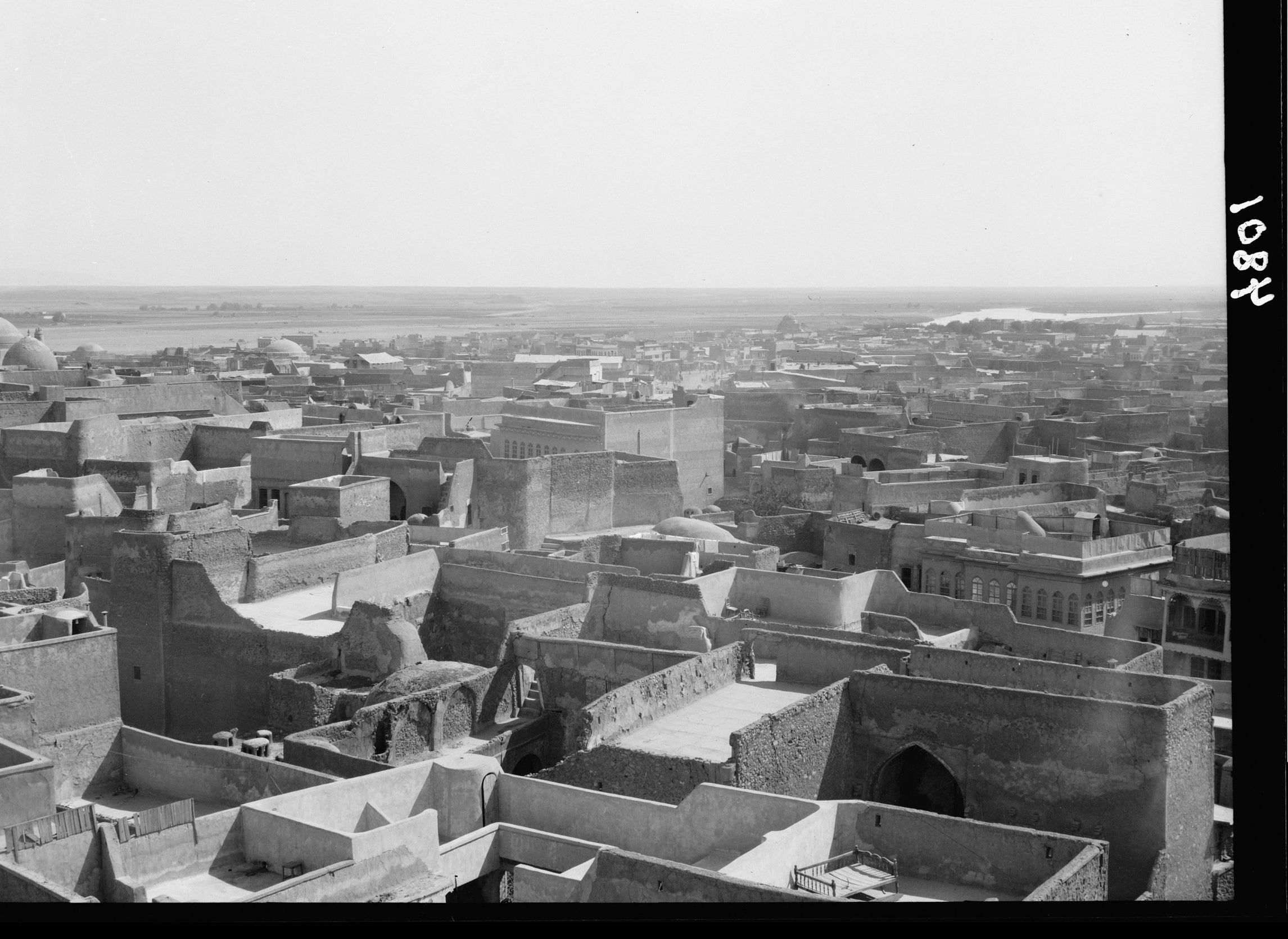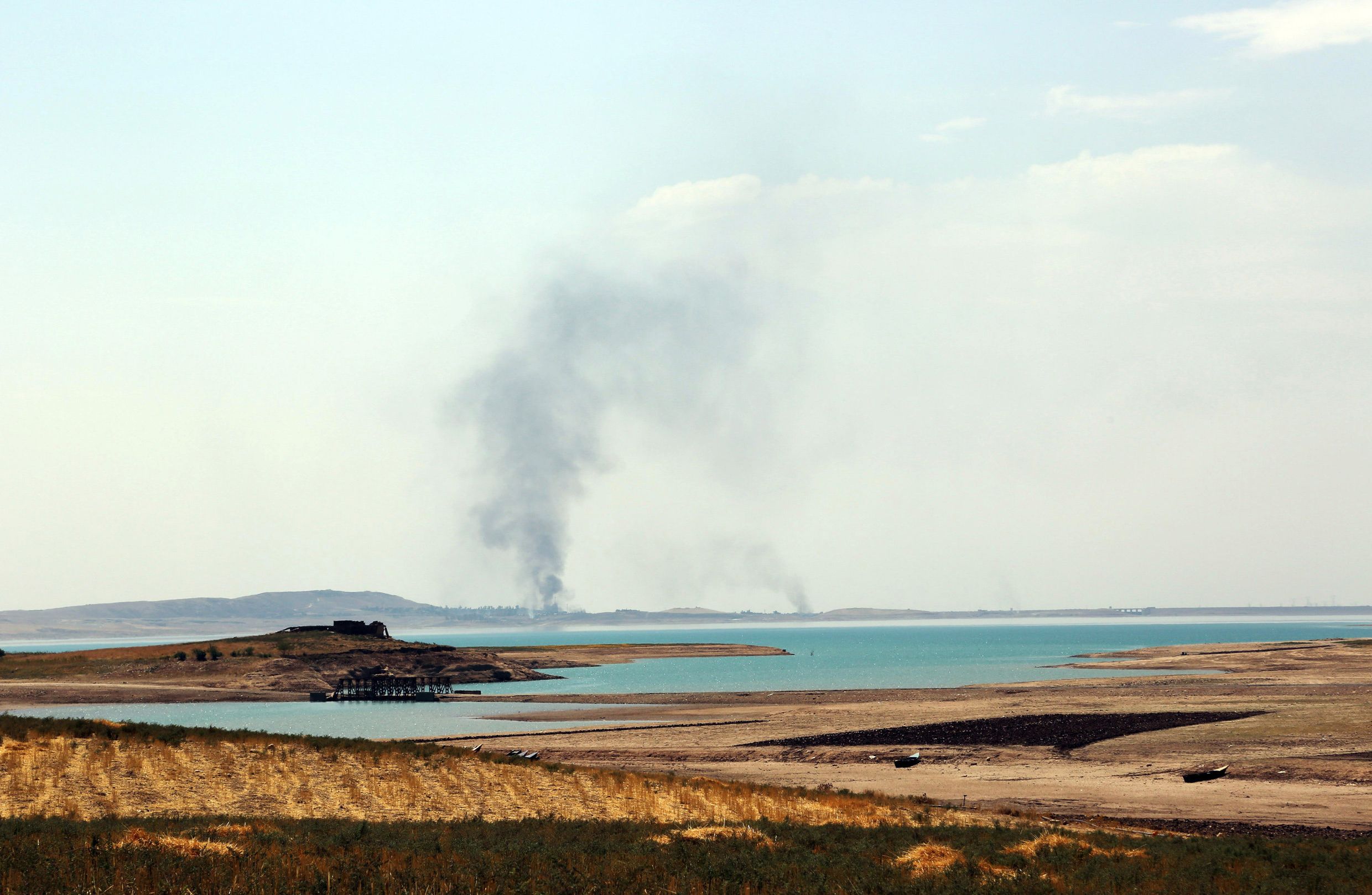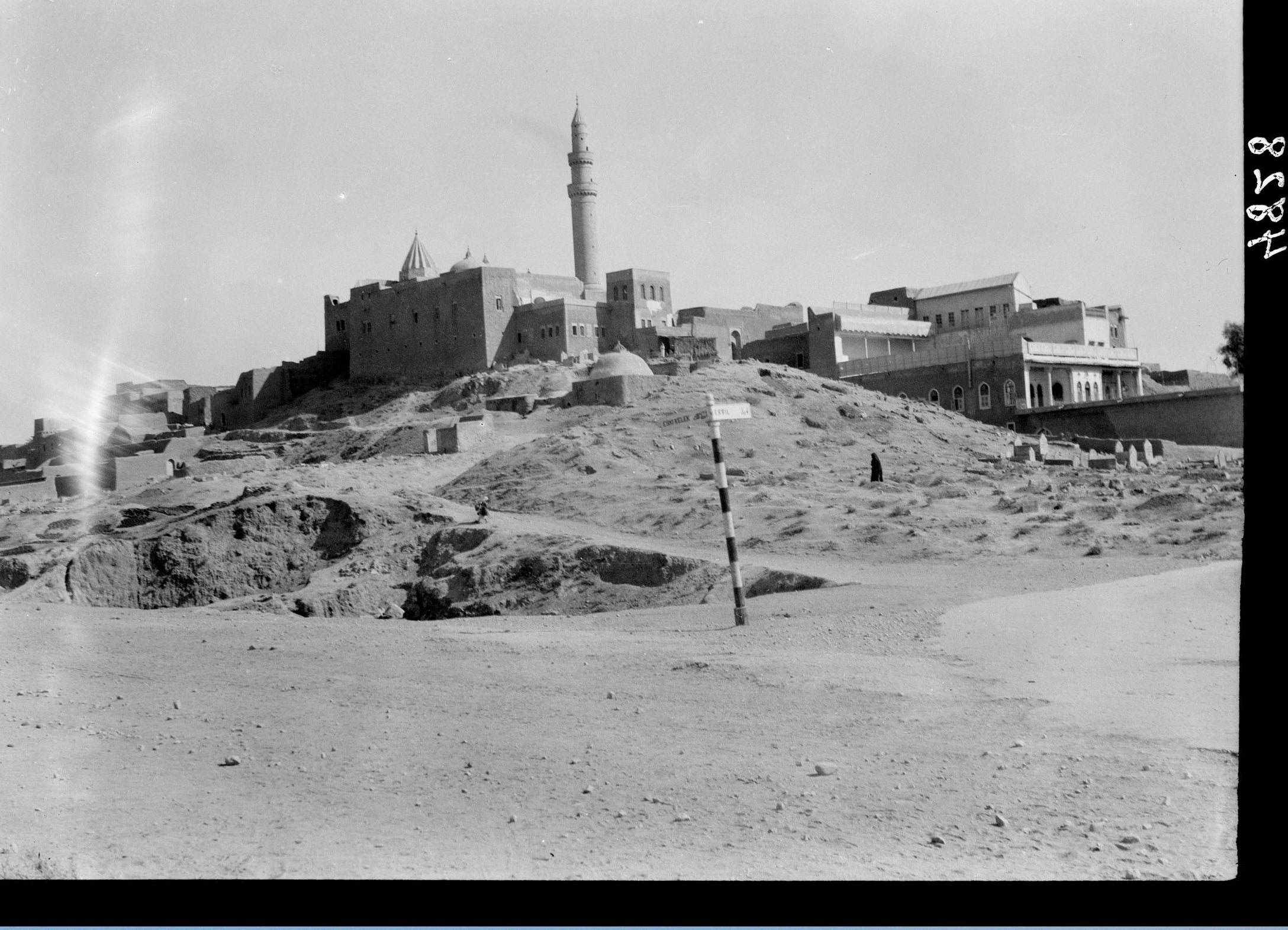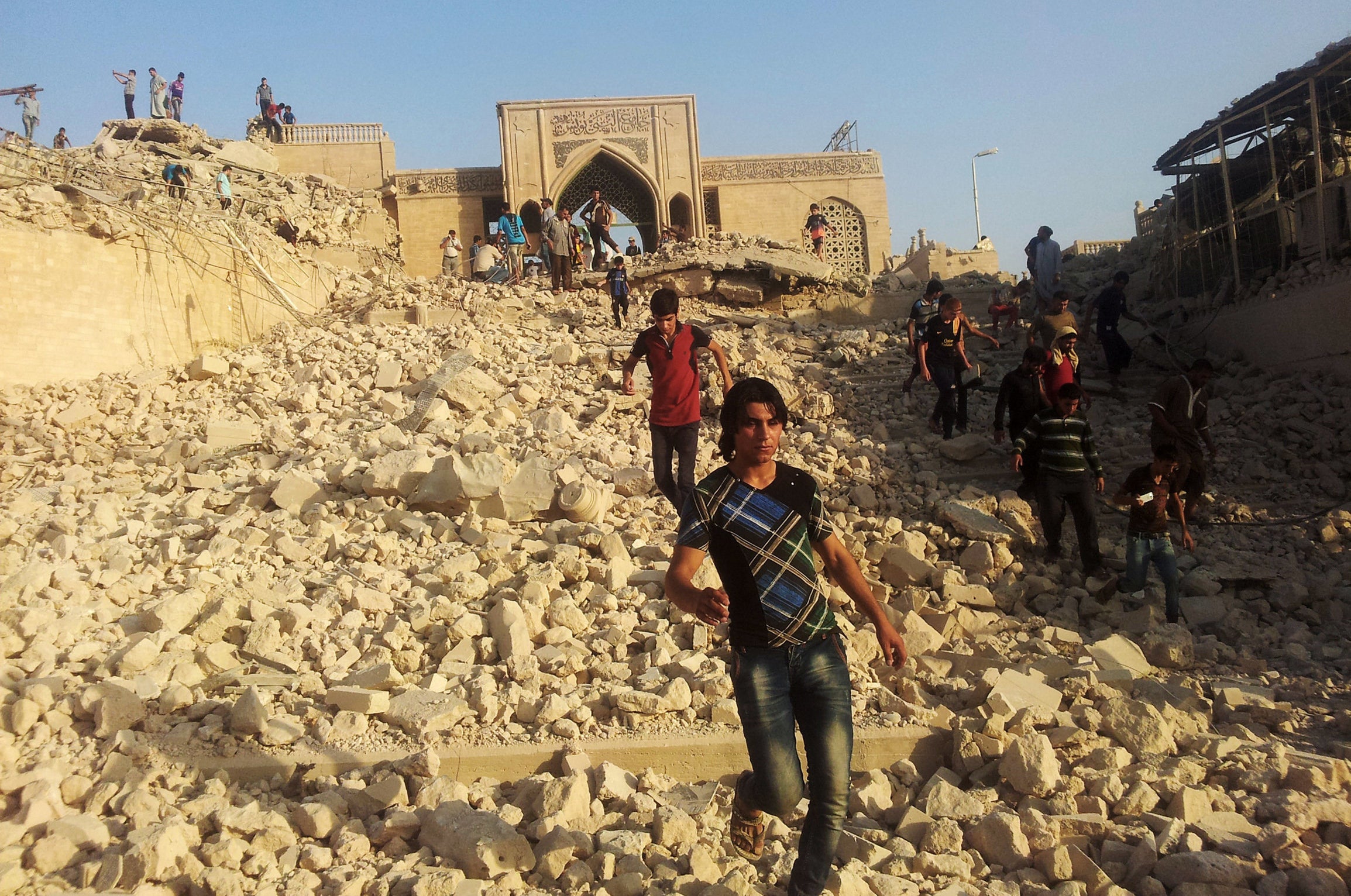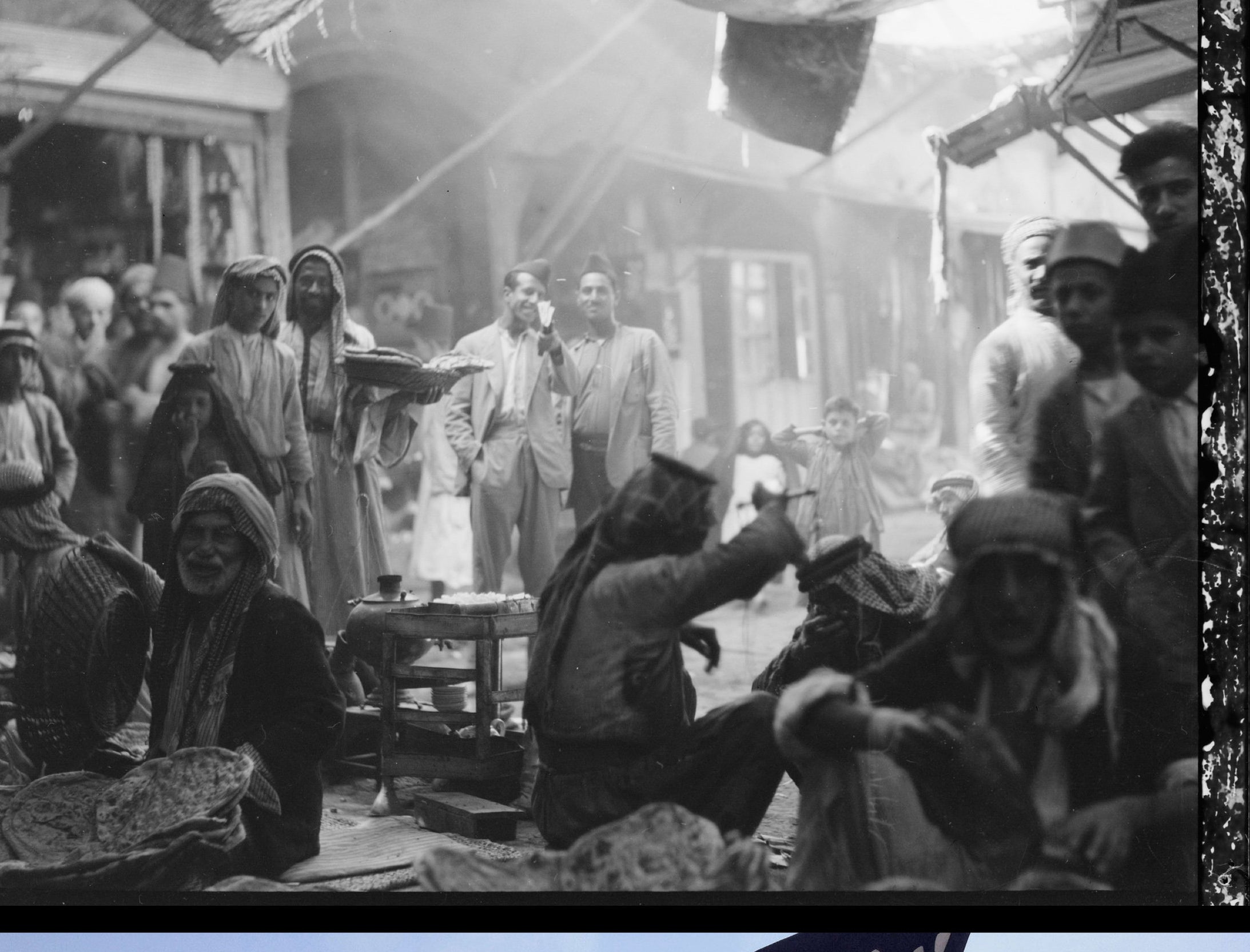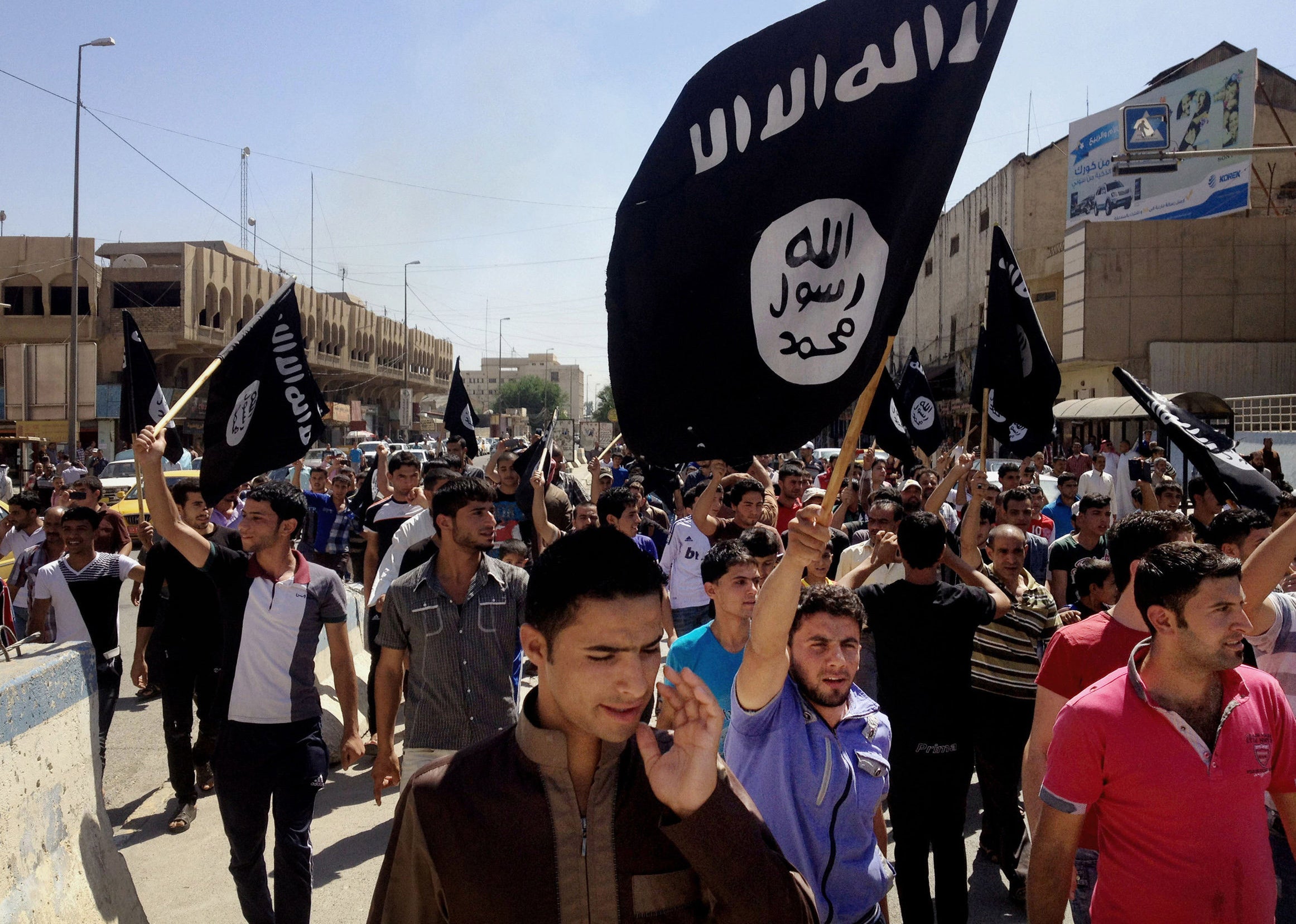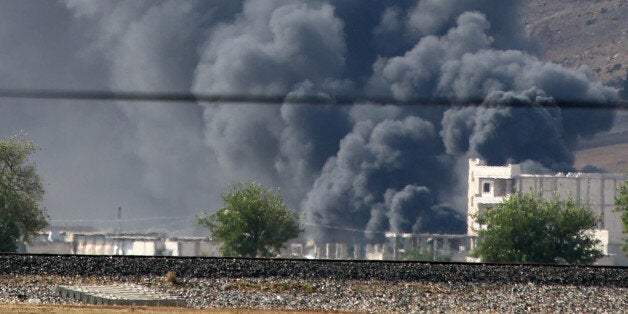
Islamic State militants are wielding arms manufactured in 21 different countries -- including the United States -- according to a new report released Monday.
The study of ammunition captured during the Islamic State's battles with Kurdish forces in northern Iraq and Syria in July and August highlights the diverse array of arms sources fueling the extremist group, also known as ISIS. Investigators from the arms monitoring group Conflict Armament Research cataloged more than 1,700 bullet cartridges by their country of origin and their date of manufacture. The report says most of the related arms appear to have been seized by ISIS from opposing forces -- from national armies to foreign-backed rebel groups across Syria and Iraq.
“The lesson learned here is that the defense and security forces that have been supplied ammunition by external nations really don’t have the capacity to maintain custody of that ammunition,” James Bevan, director of the European Union-funded Conflict Armament Research, told The New York Times.
Here are three key takeaways from the report:
1. Most of the Islamic State's arms ultimately came from China, Russia and the U.S.
Two of the biggest sources of the militants' weaponry, the report says, are supplies wrested from the Syrian army, which possesses a significant stock of Soviet- and Russian-made arms that is still being replenished, and supplies captured in Iraq, many of which were made in America.
The report notes that almost 20 percent of the cartridges cataloged could be traced to U.S. manufacturers. Additionally, the report points out that the Islamic State appears to use "significant quantities" of ammunition manufactured in Russia under the Wolf brand and distributed by the U.S. to allied states in the Middle East.
Between them, China, Russia, the now-defunct Soviet Union, the U.S. and Serbia provided more than 80 percent of the ammunition in the sample collected, according to a New York Times analysis of the report.
Bevan told the Times that the Chinese arms are especially difficult to trace because Chinese arms sales are generally “not transparent in any way.”
2. Some militants in Syria are learning how to make weapons more difficult to trace.
Numerous former U.S. officials told the Center for Public Integrity that they are already skeptical that the new supplies of U.S. weapons heading to certain Syrian rebel groups -- whose arming was approved by Congress last month -- will be safe from the Islamic State's hands. Per the center's article:
"We faced an enormous [monitoring] challenge when we, in effect, owned Iraq and had many bases where we could do this type of training," said Joseph Christoff, who directed international affairs and trade issues at the U.S. Government Accountability Office between 2000 and 2011, when the GAO repeatedly identified shortcomings in controlling the use of U.S. weapons in Iraq and Afghanistan.
"I don’t know how we’re going to do it securely in this new program" meant to arm Western-allied rebel forces in Syria, Christoff said.
Keeping track of weaponry is unlikely to be easier this time around, one investigator indicated to the Center for Public Integrity. The investigator said that militants within Syria -- he did not specify which group -- are now using oxyacetylene torches to remove the serial numbers from some foreign weapons. They have even added new serial numbers. That makes it more difficult to trace the arms back to their original provider and to attempt to control their flow, the investigator said.
3. Arms are constantly passed between various fighting groups.
The many foreign weapons within Syria and Iraq are not only ending up with the Islamic State, the report explains. It describes how Kurdish forces have used battles against the militants to restore their own supplies of ammunition.
As if all that bad news weren't bad enough, here's a bonus from one of Conflict Armament Research's earlier reports: The Islamic State appears to possess anti-tank rocket launchers, made in the former Yugoslavia, that it seized from other Syrian rebels.
The Islamic State's weaponry -- particularly heavy armaments not documented in the new report -- has been a key factor in campaigns like the group's ongoing assault on the Kurdish town of Kobani in Syria.
Of course, that doesn't mean the U.S. and its coalition partners are outgunned in this fight. To understand what the Islamic State could be facing, take a look at this list compiled by The National Interest magazine.
Related
Before You Go
